| Columns Retired Columns & Blogs |
You might want to space this article further away from Ken Shindo's death announcement...

Joe Pass: Virtuoso 4
Joe Pass, acoustic guitar
Pablo 2640-102 (2 LPs). 1983. Norman Granz, prod.; Dennis Sands, eng. AAA. TT: 82:92
This was the first straight-ahead jazz I ever bought: a gatefold double album of unaccompanied guitar, songs my parents knew called "standards." When I heard Pass's rubato meditation on "Lush Life," I wasn't sure it was jazz. In fact, it was Billy Strayhorn, whose thoroughly modern tonal palette I'd learn all about. But Pass, for me, was also Bebop 101, with the finest chord-melody conception and airtight walking bass lines, full of spontaneity and deep swing. I had all four Virtuoso albums, but wore this one out (never knowing it'd been recorded in 1973, 10 years prior to release).
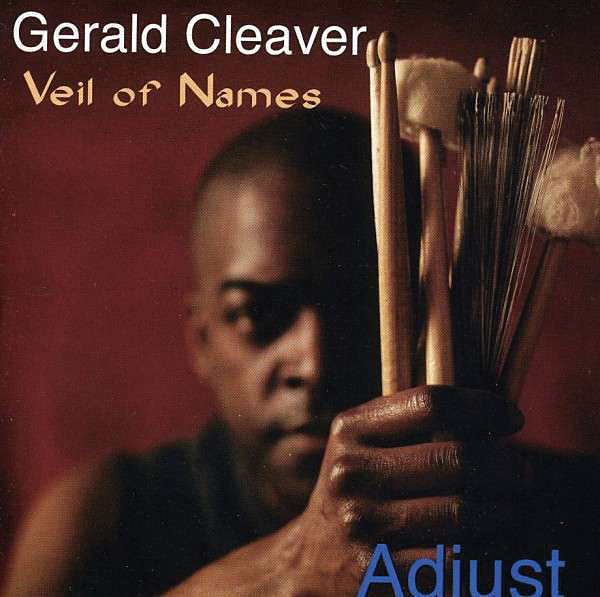
Gerald Cleaver: Adjust
Gerald Cleaver, drums; Andrew Bishop, clarinet, soprano & tenor saxophone; Mat Maneri, viola; Ben Monder, guitar; Craig Taborn, organ, keyboards; Reid Anderson, electric & acoustic bass
Fresh Sound New Talent 112 (CD). 2001. Gerald Cleaver, prod.; Danny Blume, eng. DDD. TT: 55:03
The Detroit drummer-composer was transitioning to New York when he debuted with Adjust, which seemed (along with other records) to reflect a period of extraordinary creative ferment in the jazz scene. Its combination of players and sounds is still fresh today. There's something almost psychedelic—Mahavishnu- or Lifetime-esque—about the fuzzed-out microtonal viola, soaring guitar, and insinuating organ at the heart of this session. But Cleaver's aesthetic is more "out" than fusion. His subtle chamber elements, complex harmony, and bold sonics make Adjust a contemporary gem, setting a tone for the next decade and counting.
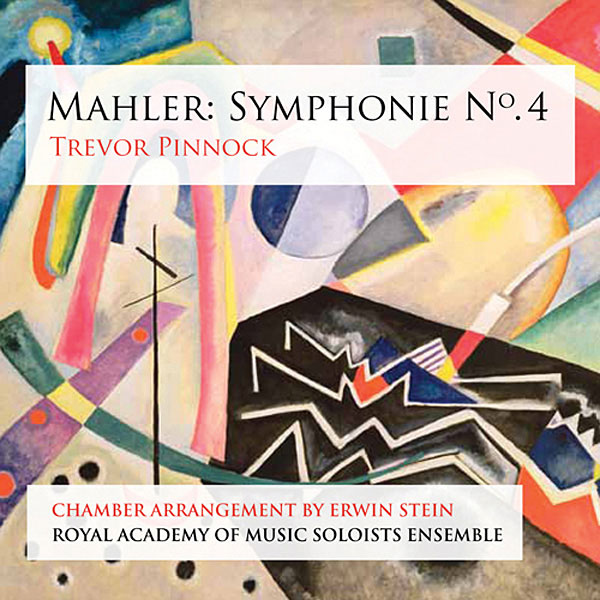
Mahler: Symphony 4
Debussy: Prélude l'àprès-midi d'un faune
Trevor Pinnock, Royal Academy of Music Soloists Ensemble; Sonia Grané, soprano
Linn CKD438 (24/192, 26/96, 16/44.1 ALAC/FLAC files, SACD/CD). 2013. Jonathan Freeman-Attwood, prod.; Philip Hobbs, eng. DDD. TT: 64:38
Although Gustav Mahler scored his symphonies for immense musical forces, much of the time his orchestration is of chamber-music scale. There isn't, therefore, the same cognitive dissonance as there would be, say, for a Bruckner symphony, when you hear this version of his Symphony 4, arranged by Erwin Stein for 14 instruments and soprano and premiered in January 1921 at Arnold Schoenberg's Society for Private Musical Performances. Yes, the textures are leaner, but the clarity of line and the musical transparency, with piano and harmonium providing some of the Viennese-café flavoring, make the original version of this most intimate of Mahler's symphonies sound almost overblown. The delicacy, tinged with portamenti, with which the solo violin launches into its melody at the beginning and end of the first movement is addictive. The highlight is the third movement, with first solo cello, then solo violin, then solo oboe each drawing out the languorous line, underpinned by a gruffly plucked double bass, evoking memories of a vanished pre–World War society. Benno Sachs's reduction of the Debussy work, which takes on the sonority of Ravel's Introduction and Allegro, is not quite as convincing as the Mahler on first listen, but grows with familiarity. The recording quality is up to Philip Hobbs's usual standard, with a close perspective that doesn't cross the line into aggressiveness.

Beethoven: Violin Sonata 10 in G, Op.96
Enescu: Violin Sonata 3, Op.25 (In Romanian Style)
David Abel, violin; Julie Steinberg, piano
Wilson Audiophile W-8315 (LP, 24/88.2 or 24/176 download, FLAC, ALAC, AIFF, WAV [hi-rez], MP3 [16/44.1 only]). 1983/2013. David Wilson, prod., eng.; Bruce Leek, LP mastering; Bruce Brown, digital remastering. AAA/AAD. TT: 52:43
I mentioned this recording in our very first "Records To Die For" feature, in January 1991. The LP, recorded by Wilson Audio Specialties' founder and president, David Wilson, using a modified ReVox A77 tape deck and a pair of Schoeps omnidirectional microphones, has been in heavy rotation chez moi ever since. Its reappearance in late 2013 as a hi-rez download triggered its inclusion in this year's listing. In his February 1984 review, J. Gordon Holt described this recording as "an audiophile recording of real music that isn't bombastic, overblown, or high-powered," offering "sound so completely and disarmingly natural that after 30 seconds you're unaware it's reproduced." I don't have much to add—both David Abel's 1719 Guarneri violin and Julie Steinberg's Hamburg Steinway have been captured with superbly natural tone colors, enveloped in and supported by the warmly intimate ambience of the Mills College Concert Hall. And the performances are definitive; the interplay between violin and piano at the start of the Beethoven as they toss a melodic fragment to one another is almost telepathic in its shared intensity. You can find an audio interview with Dave Wilson about how he made this recording, as well as a list of online sources for the files, here (VII-2).
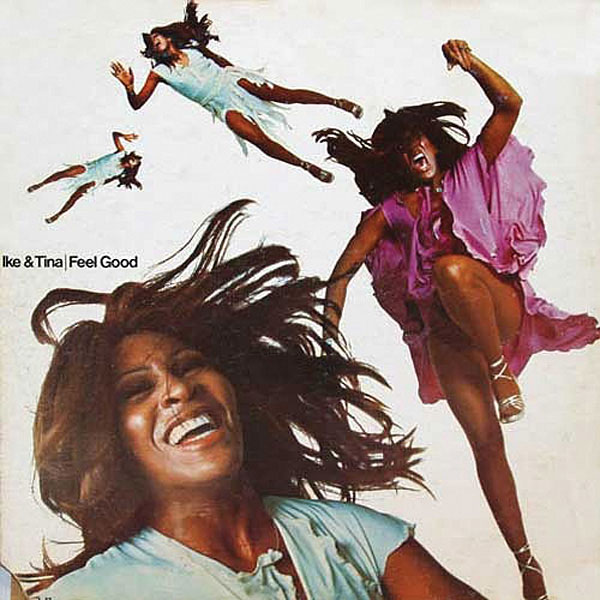
Ike & Tina: Feel Good
United Artists/Pure Pleasure PPAN UAS5598 (180gm LP). 1972/2013. Ike Turner, prod., eng.; Gerhard Augustin, prod.; Barry Keene, Jim Saunders, engs. AAA. TT: 25:76
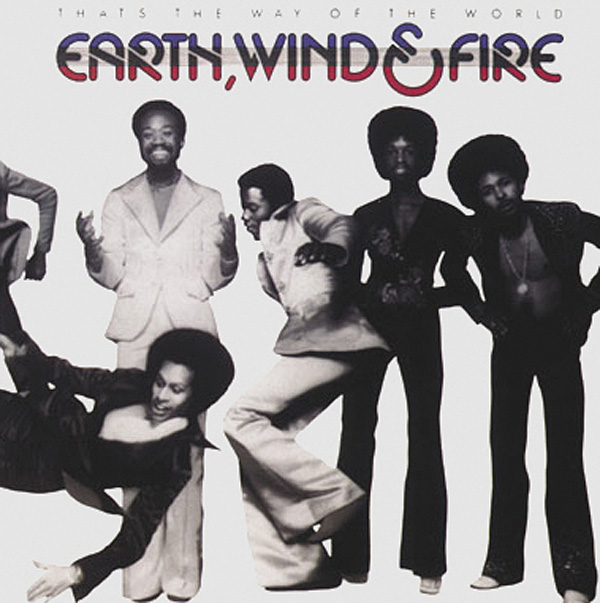
Earth, Wind & Fire: That's the Way of the World
Columbia/Speakers Corner PC33280 (180gm LP). 1975/2013. Maurice White, Charles Stepney, prods.; George Massenburg, eng. AAA. TT: 34:75

John Hiatt: Bring the Family
A&M/Music on Vinyl MOVLP786 (180gm LP). 1987/2013. John Chelew, prod.; Larry Hirsch, eng.; Joe Schiff, asst. eng. AAA. TT: 44:06
As invisible hordes of flying insects armed with phono needles for stingers infect more and more young music fans with the vinyl lifestyle, older music fans are also beginning to own a relapse into the old sickness. This means digging in stores and trolling eBay, but also luxuriating in the flood of high-quality reissue pressings coming from a number of audiophile labels, headed by US mainstays Mobile Fidelity, Friday Music, Sundazed, Audio Fidelity, and Analogue Productions. While there will be more about those two in upcoming issues, my focus here is on three European labels: Pure Pleasure (UK), Speakers Corner (Germany), and Music on Vinyl (Netherlands).
Feel Good is perhaps Ike & Tina's nastiest, funkiest masterpiece—the title says it all. And if that doesn't convince you, there's Tina's utter vocal abandon in "Kay Got Laid (Joe Got Paid)," and Ike's loose, spot-on guitar solo in "Feel Good." This one's a greasy groove from start to finish. No track runs longer than 3:30, and, significantly, Tina wrote every number except a brassy cover of the Beatles' "She Came in Through the Bathroom Window." The contrast between the front-cover shot of an exuberant Tina high-steppin' in a too-short dress and the scary back-cover shot of Ike ominously hidden in shadow gives more than a hint of what was afoot in their tumultuous personal life. The sound of this session has always been muddy and muted, but some notable sonic recoveries are preserved on this pressing: less low-end rumble, and a crisper high end, with such previously unheard details as a shaker in "You Better Think of Something."
Anyone alive and musically aware in the 1970s who says they didn't willingly ooze into a loved one's arms while That's the Way of the World was playing is clearly evading or suppressing. If you were alone, just the opening bars made you want to kiss your own knee! With Maurice and Verdine White joined by Philip Bailey, the smooth vocal trio of Earth, Wind & Fire became an unstoppable force in 1975 when this multiplatinum monster—the soundtrack to a film that flopped—burst upon an unsuspecting world. Bailey's showpiece, "Reasons," and the album's bouncy opening track, "Shining Star," added to the power of this realization of Maurice White's all-encompassing musical vision. Reissues don't get much lusher than the glossy gatefold jacket, beautifully reproduced lyrics sheet, and quiet surfaces of the 180gm vinyl of this edition of an album that has always sounded spectacular, thanks to the learned ears of original engineer George Massenburg.
Finally, from Music on Vinyl—whose releases can be tricky to find in the US because they often hold only the European reissue licenses from major labels—comes yet another sumptuous LP reissue, this time of John Hiatt's great comeback album, Bring the Family. Here Hiatt finally had success as a performer of his own songs. It's also where he led a hired session band of Nick Lowe, Jim Keltner, and Ry Cooder! Side 1 is front-loaded with "Memphis in the Meantime," "Thing Called Love," and "Have a Little Faith in Me," but side 2 contains one of Hiatt's sharpest social commentaries: "Your Dad Did." This has always been a fine-sounding recording, but this pressing's quiet and contrast in and around Hiatt's voice and Cooder's guitar in "Alone in the Dark" are positively breathtaking. New reissue pressings continue to reach ever-higher levels of quality and detail. (XI-5, XVII-11, XVIII-3)
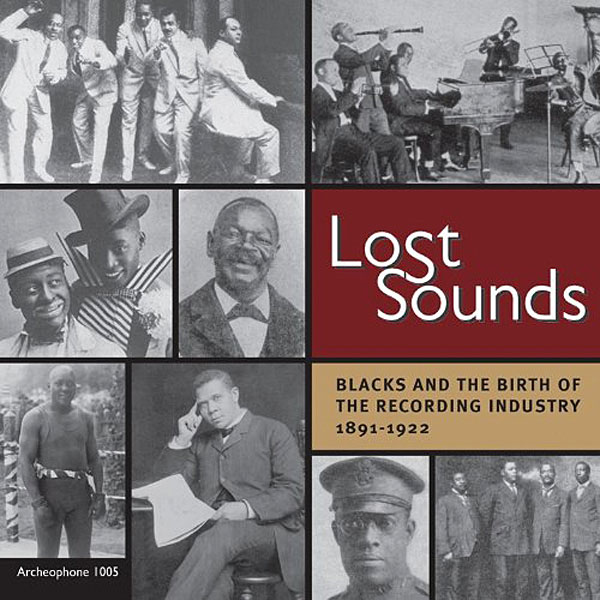
Various Artists: Lost Sounds: Blacks and the Birth of the Recording Industry 1891–1922
Archeophone ARCH 1005 (2 mono CDs). 1891–1922/2005. Richard Martin, prod., remastering; Meagan Hennessey, remastering. AAD. TT: 2:34:06
This companion to Tim Brooks's book of virtually the same title exposes a musical era that has been almost forgotten, perhaps because it was rife with racial stereotypes. Of the double album's four sections, one focuses primarily on the first black recording artist, the whistling and laughing singer George W. Johnson, while another includes classical music and earnest speeches. A third section consists mainly of lively ragtime and blues tunes played by once-renowned figures such as Wilbur Sweatman, Ford Dabney, and James Reese Europe. It's all fascinating, but most satisfying is the section on harmony singing, with radiant tracks such as "Little David Play on Your Harp/Shout All Over God's Heaven," by the Fisk University Jubilee Quartet.
Roscoe Mitchell Sextet: Sound
Roscoe Mitchell, alto saxophone, clarinet, recorder, etc.; Maurice McIntyre, tenor saxophone; Lester Bowie, trumpet, flugelhorn, harmonica; Lester Lashley, trombone, cello; Malachi Favors, bass; Alvin Fielder, drums
Delmark DE-408 (CD). 1966/1996. Bob Koester, prod.; Steve Wagner, eng. ADD. TT: 67:40
The first release by members of Chicago's Association for the Advancement of Creative Musicians (AACM), Sound is a seminal avant-jazz classic. What might seem on first hearing to be a random assortment of weird noises gradually reveals itself as a set of carefully ordered compositions and logical improvisations. The title track of the original LP, named for its unorthodox instrumental timbres, was spliced together from two takes, both of which are included on this CD. Comparing the two performances, the structure becomes clear, and one can easily distinguish the elegiac theme, played at a glacial tempo, from the squealing, squawking, chattering, whinnying solos, which remain thoughtful and expressive even at their most abstract.
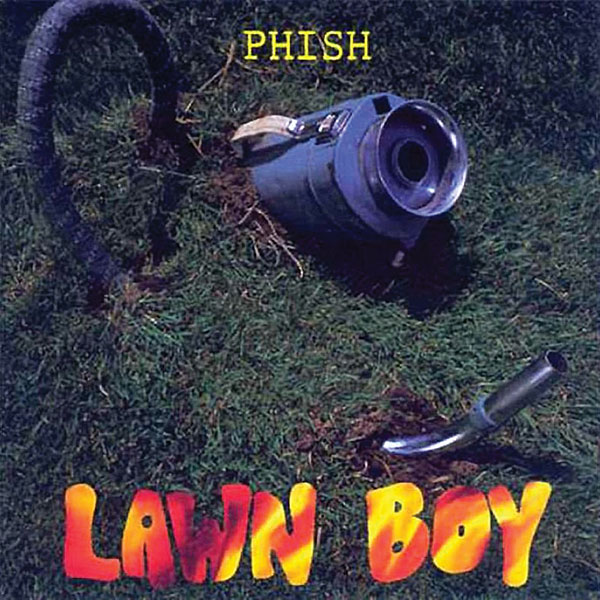
Phish: Lawn Boy
Jemp 1077 (180gm LP). 1990/2013. Phish, prods.; Dan Archer, Dean LaBrie, engs.; Chris Bellman, remastering. AAA. TT: 47:49
My editor is going to kill me for writing again about Phish in R2D4, but my reason for discussing Lawn Boy is much less about the album's soul-ascending jams or heavy-metal screams and much more about this remastering, released on 180gm LP on April 21, 2013. It includes a bevy of blown-up and very goofy unreleased press pictures, lyrics in big yellow type, and, most important, a spectacular remastering of the music by Chris Bellman, of Bernie Grundman Mastering. Page McConnell's piano sparkles with his light touch. Trey Anastasio's feedback has an extra bit of gnarl. The blackness between the grooves in the breakdown of "Reba" is 10' deep. I've listened to Lawn Boy on CD—mastered by Bob Ludwig—for 16 years of my life. Now, I feel as if I'm starting all over.
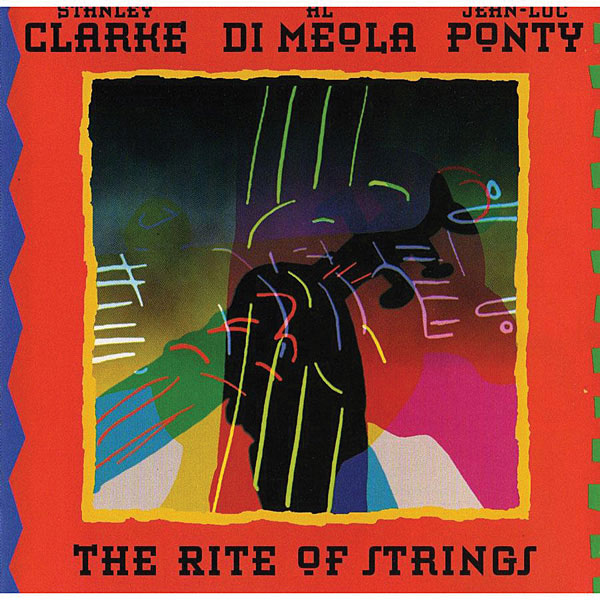
Stanley Clarke, Al Di Meola, Jean-Luc Ponty: The Rite of Strings
Jean-Luc Ponty, violin; Al Di Meola, guitar; Stanley Clarke, bass
Gai Saber 7243 8 34167 2 1 (CD). 1995. Stanley Clarke, Al Di Meola, Jean-Luc Ponty, prods.; Dennis Mac Kay, Jeff Graham, engs. DDD? TT: 55:35
A gathering of virtuosi can often result in a barrage of wanking that will drive away any listener interested in the art of expression. But when the masters put their egos aside and focus on the composition, the results can be marvelous, as can be heard in The Rite of Strings. Having seen Stanley Clarke multiple times live, I can attest that the man loves to solo, but his bowed and plucked bass playing on RoS is selfless and pondering. Al Di Meola, resident jazz shredder, shines as a rhythm guitarist with his fast, flamenco-like jabs and mellow inversions. Jean-Luc Ponty is a master of both the blues scale and hair-raising textures on his wailing violin. As a unit, their timing is deft, their harmonies ecstatic or mournful.
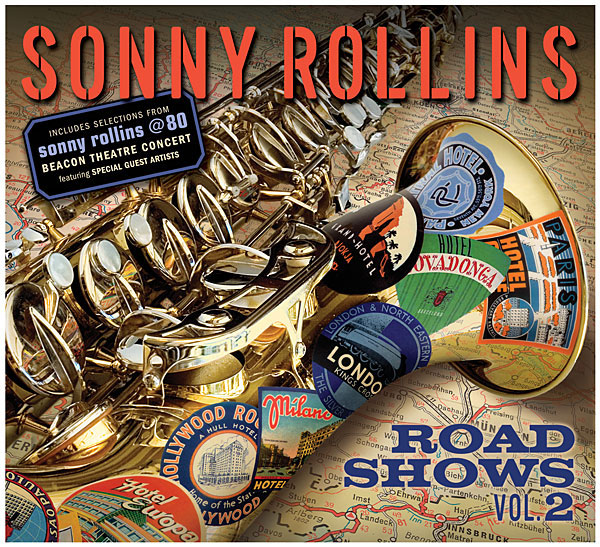
Sonny Rollins: Road Shows, Vol.2
Sonny Rollins, tenor saxophone; Roy Hargrove, trumpet; Christian McBride, bass; seven others
Doxy B0015949-02 (CD). 2011. Sonny Rollins, prod.; Richard Corsello, prod., eng. DDD. TT: 66:14
September 10, 2010. Sonny Rollins's sold-out 80th-birthday concert at the Beacon Theater in Manhattan. At 80, Sonny has only occasional great nights. This is one. Every time you think he's peaked, he kicks it higher and keeps wailing. There is a monstrous 15-minute annihilation of "They Say It's Wonderful." In "In a Sentimental Mood," guest Jim Hall breaks your heart. Ornette Coleman joins in a 22-minute "Sonnymoon for Two" for the ages. The Beacon Theater goes mad. It is the only meeting on record of the two greatest living saxophonists. Ever wonder why R2D4 was invented? This is why. (XXXIV-12)
Art Pepper: Blues for the Fisherman: Unreleased Art, Vol. VI
Art Pepper, alto saxophone, clarinet; Milcho Leviev, piano; Tony Dumas, bass; Carl Burnett, drums
Widow's Taste APM 1101 (4 CDs). 1980/2011. Peter Bould, prod., eng.; Peter Ball, Graham Ward, engs. ADD. TT: 4:46:00
Laurie Pepper is Art Pepper's widow. There are now eight volumes in the Unreleased Art series on her label, Widow's Taste. They rescue lost music by a great jazz musician in danger of being forgotten. Most volumes have compromised sound because they are soundboard or audience tapes. Vol. VI is where to go first, because it was professionally recorded at Ronnie Scott's, in London, and because Pepper is beside himself. He does filthy, kicking, start-and-stop blues like the title track. He burns down "I'll Remember April," twice. He does ballads ("Goodbye," "What's New?") as if he's wrenching them from himself, two years from the end of his very hard life.

You might want to space this article further away from Ken Shindo's death announcement...

Many thanks indeed to Art Dudley for his recommendation of Johanna Martzy's unaccompanied Bach … I had not even heard of her … her dark and intense rendition of the Chaconne has made my day (courtesy youtube).
Re EMI SACD of Oistrakh Brahms violin concerto (John Marks) — I have found the EMI transfers to SACD generally substandard (perhaps because EMI do not go direct from analogue tape to DSD and use some convoluted process with multiple unnecessary conversions between analog / digital and analogue, or perhaps because of excessive software cleaning/de-hissing/meddling, — in any event, the Oistrakh Brahms is distorted on my system.

Had heard about these recordings before but did not realise I could download them. Doing that now. Very cool. I always find music I need on the annual Stereophile R2D4 list. Kudos.
